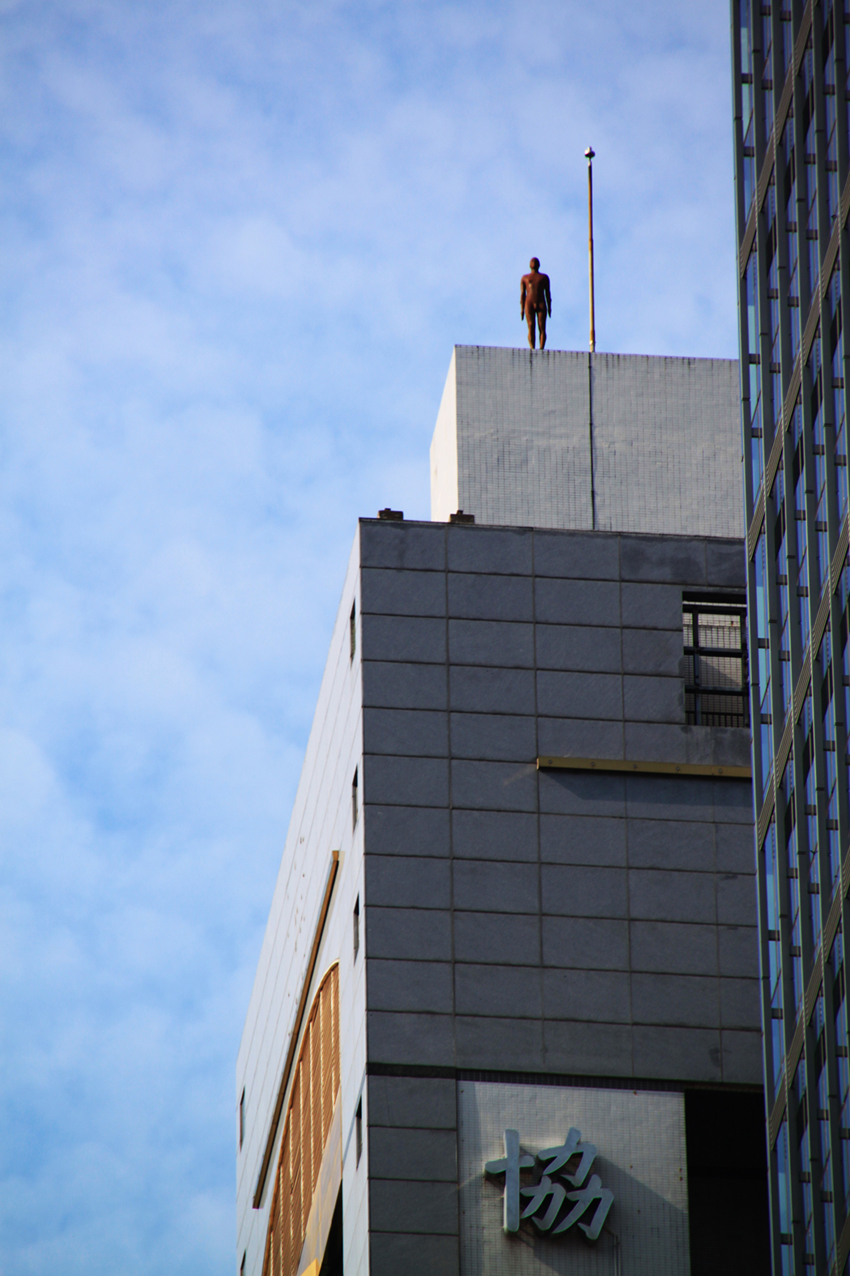
JULIUS VON BISMARCK
versuch unter kreisen
This is the artistic result of a residency spent at CERN, where particles circulate on rings at great speed. The four lamps that are suspended from the ceiling also describe circles, but at varying speeds. Starting from there, every imaginable choreography is possible as well as every interpretation. The lamps describe figures that imperceptible transitions trigger one to the other. According to the artist, it’s only a question of mathematics here, though one asks oneself which one of the four incandescent lamps directs the others. And just as quick as they come into alignment as though linked by invisible ties, there is one that seems to accelerate while another can’t manage to keep up with the group. You can watch them for hours on end, hypnotised by the aesthetic beauty of physical laws. The artist, Julius von Bismarck, when receiving his prize admitted to having learned a lot at the CERN. It is likely that the scientists were also marked by his presence.
.



